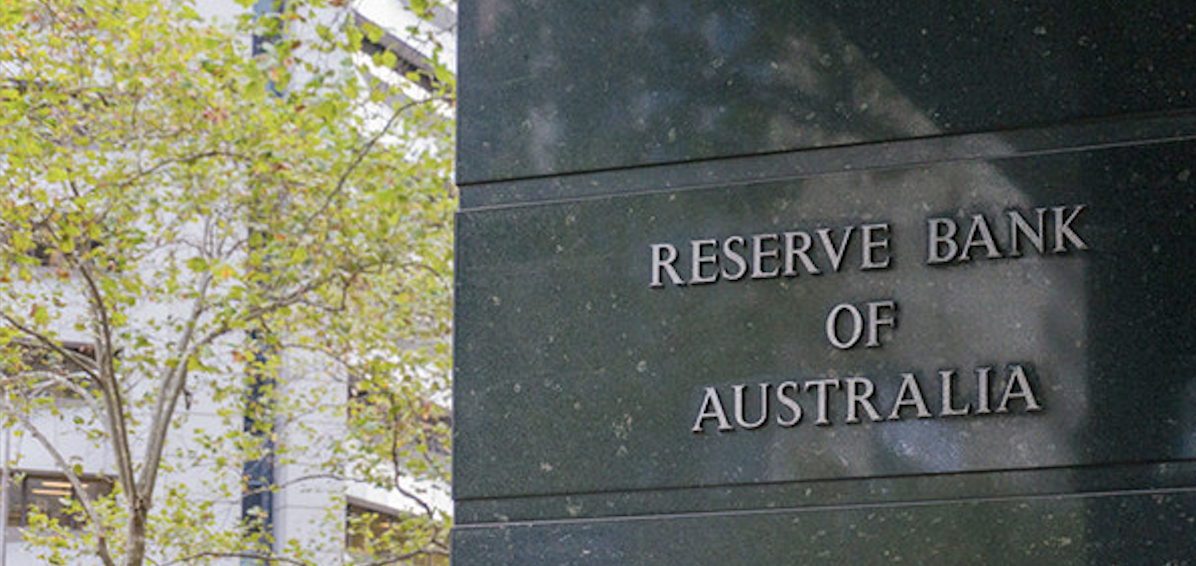Key Points:
- The RBA left the cash rate on hold at 4.1% on Tuesday, catching some off guard, with a move that shocked economists, validated markets, and gave borrowers a much needed break.
- Comments within the RBA’s decision statement have prompted speculation on when the next rate cut will be, likely in late 2024, as recent data shows inflation is on track to return to the target range of 2-3%.
- US debt downgrade from global ratings agency Fitch saw the $AUD tumble, but market momentum and investor confidence surprisingly remained strong.
Global Cash Rates & Inflation
- The Reserve Bank of Australia (RBA) Cash Rate was held at 4.1% this week, as inflation eased in the year to the June quarter to 6%.
- The UK cash rate sits at X%, after the Bank of England (BOE) decided to (hike another XXbps) to fight a sticky 7.9% inflation rate.
- The US cash rate (policy rate) is between 5.25-5.5%, and the annual inflation rate in the year to July is 3%.
- The ECB Cash Rate (deposit facility) is 4.25%, raised 25 basis points last week in a bid to fight an annual inflation rate of 5.5% in the year to June.
RBA move shocked economists, validated markets, and gave borrowers a break
This week, the Reserve Bank of Australia (RBA) Governor Philip Lowe held his second last monetary policy meeting as the central bank leader. The board chose to hold Australia’s official interest rate at 4.1%.
This likely saw those on the mortgage cliff breathe a sigh of relief, as after 12 rate hikes since May 2022, variable rate mortgage holders with a $750k loan are needing to find an extra $1,800/month to cover their repayments.
The decision to leave the cash rate unchanged at 4.1% was a move that shocked economists, but validated markets. Prior to the decision, bond traders and economists were split in their opinions. Markets were convinced that inflation easing to 6% would be enough cause for the pause, while 20 out of 36 economists believed another hike was in store.
Westpac Chief Economist Bill Evans was one of the 20 that believed another hike was expected, due to a few reasons, namely high services inflation and a 50-year low unemployment rate of 3.5%.
The reasons provided by Philip Lowe for the RBA’s decision to pause on Tuesday, however, has given the impression that they may have reached the peak of their hiking cycle. “To date, medium-term inflation expectations have been consistent with the inflation target, and it is important that this remains the case” the statement reads.
“The recent data are consistent with inflation returning to the 2–3% target range over the forecast horizon.”
Another rate hike isn’t out of the question though, as the Lowe concludes with his standard affirmation that “some further tightening of monetary policy may be required” to get inflation back to target.
U.S. debt downgrade sees the Aussie dollar tumble, but fixed income holds steady
On Wednesday, the U.S. joined the UK’s ratings rung, as Fitch announced a downgrade of the Long-Term Foreign-Currency Issuer Default Rating (IDR) from AAA to AA+. “The rating downgrade of the United States reflects the expected fiscal deterioration over the next three years,” the firm explained.
“A high and growing general government debt burden, and the erosion of governance… has manifested in repeated debt limit standoffs and last-minute resolutions.”
The Australian sharemarket tumbled after the announcement which stated that interest owed on U.S. Government debt will double by 2033 to 3.6% of GDP, but market momentum and investor confidence remain strong.
Not all analysts are convinced “everything will be okay” though.
Chief Investment Officer of Guggenheim Investment partners Anne Walsh told the media, “Investors may be thinking that the rebound in equity markets is foreshadowing future economic strength, but there are times when the market behaves in a way that is completely uncorrelated with the economy.”
“Often markets lead or lag economic conditions, but sometimes they chase a hot sector or story.”
This economic uncertainty and increasing market volatility is why Australian Superannuation Funds, who invest our nest eggs, are shifting billions of dollars out of higher risk assets like equities, into bonds and fixed income.
What’s coming up?
- Today the US Bureau of Labour Statistics will release the monthly unemployment rate “Employment Situation” here, which is currently sitting at 3.6%.
- Next Tuesday, two of the major banks will release reports regarding the confidence of businesses (NAB) and consumer sentiment (Westpac)
- Next Thursday, the latest inflation figure for the US will be released here, which is expected to drop further after the Fed raised their official cash rate to between 5.25-5.5%
*Data accurate as at 04.08.2023
Originally published for the Australian Bond Exchange


Leave a Reply